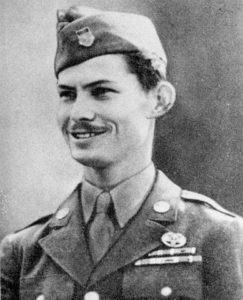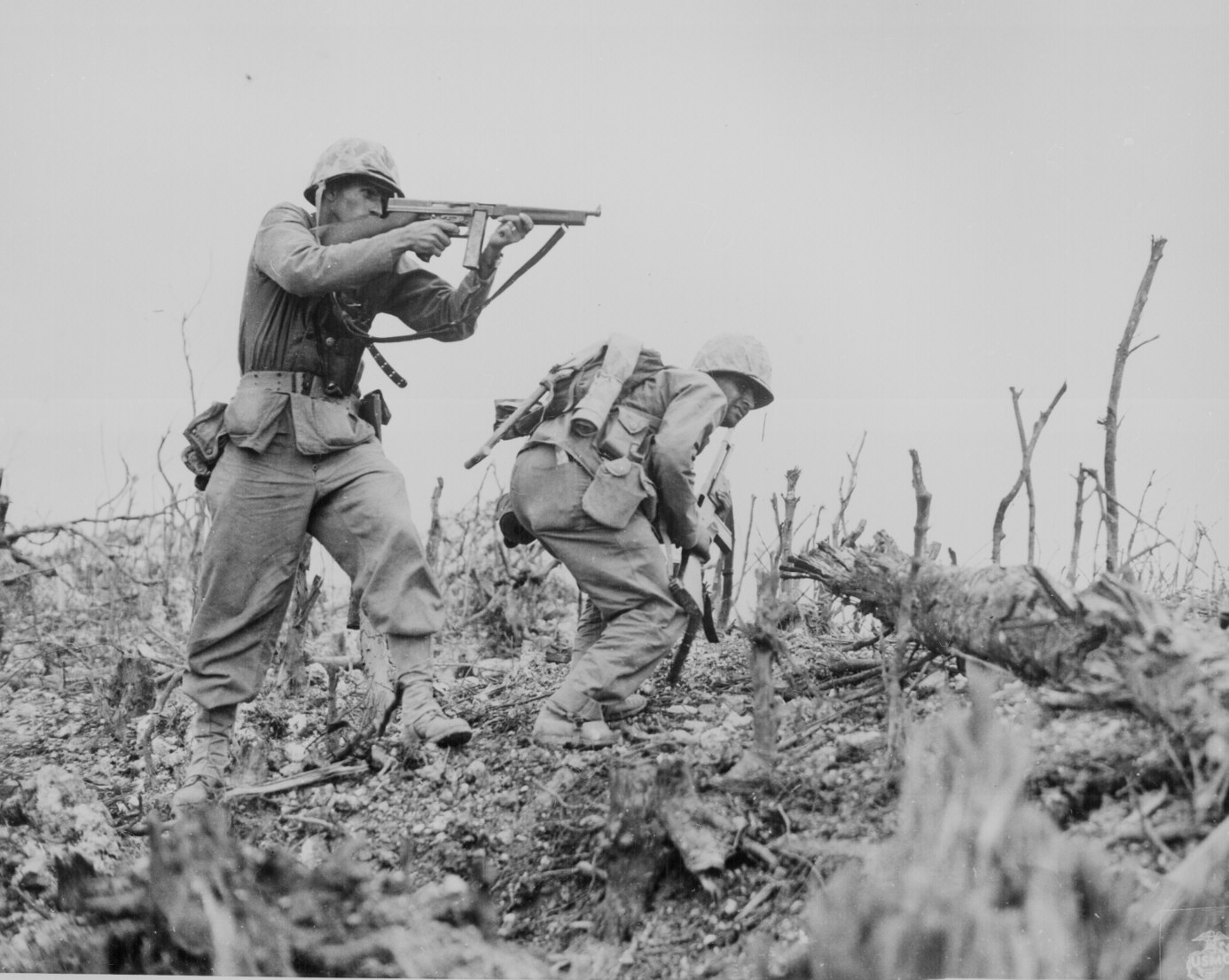Here is a slightly revised version of a package of stories we first ran five years ago, commemorating the final land battle of the Pacific in World War II.
By Len Lazarick
The largest amphibious invasion of the Pacific theater in the Second World War began 75 years ago Wednesday.
On April 1, 1945, Easter Sunday that year, four Army divisions and two divisions of Marines began taking the beaches on Okinawa, a densely populated island just 400 miles from the home islands of Japan. The Japanese did not resist but waited to attack once the Americans had come ashore.
By the time the final battle ended 82 days later, 14,000 Americans would be dead along with 73,000 Japanese soldiers and 147,000 Okinawans — a third of the population. The U.S. Navy would lose 5,000 men, its heaviest losses of the entire war — casualties of young kamikaze pilots on suicide missions.
The battle would claim the lives of the highest-ranking U.S. officer killed in combat, Lt. Gen. Simon Buckner, commander of all the American troops, and of the most famous war correspondent, Ernie Pyle, on a small offshore island. The Japanese commander committed ritual suicide rather than surrender.
The ferocity of the fighting — with almost every unit experiencing 100% casualty rates (killed or wounded) — would play a significant part in the decision to drop the atomic bombs rather than invade the Japanese homeland, where resistance was expected to be even more intense.
You can be forgiven for not knowing much of any of this. Okinawa does not get much good press. It is not a pretty picture.

Cpl. Desmond Doss in October 1945 (U.S. Army)
The battle does not lend itself to the drama of D-Day in Europe or the quaintness of the Normandy countryside, as seen in many a movie. The 2016 movie “Hacksaw Ridge” about conscientious objector Desmond Doss, an Army combat medic who refused to carry a weapon, did portray the brutality of the battle.
Even at the time, this far-away island most people had never heard of was overshadowed in the press by the death of President Franklin Roosevelt and the victory over Nazi Germany in May.
The last segment of the HBO series “Pacific” does include Okinawa, and there have been a few documentaries — two that include my father, Len Lazarick Sr., who had told me nothing about the battle as I was growing up. On Okinawa, as part of the 96th Division, he earned two Purple Hearts and a Bronze Star for Valor. He also appears in several books about the battle, including an extensive first-person treatment in the book Operation Iceberg, the official name of the attack.
Twenty-five years ago, I went to Okinawa with my father for the 50th anniversary of the battle and wrote about it for the Towson Times and other Patuxent Publishing newspapers.
MarylandReporter.com republished three of those stories five years ago, putting them up on the Internet for the first time exactly as they were written then.
The first story, Okinawa: The final battle revisited, is largely the tale of the 96th Infantry Division and our return to the island in 1995.
The second, Okinawa: Remembering all the dead, is about the memorial park dedicated 20 years ago and an interview with the governor of Okinawa who made it happen.
The last, Okinawa: It was kill or be killed, includes other interviews with Maryland veterans of the battle, including the late U.S. Sen. Daniel Brewster.
RELATED STORIES
OKINAWA: THE FINAL BATTLE REVISITED
OKINAWA: REMEMBERING ALL THE DEAD
OKINAWA: IT WAS KILL OR BE KILLED
Remembering the forgotten last battle, a column from the Baltimore Examiner
https://marylandreporter.com/2012/04/02/remembering-the-final-battle-of-world-war-ii/




Recent Comments